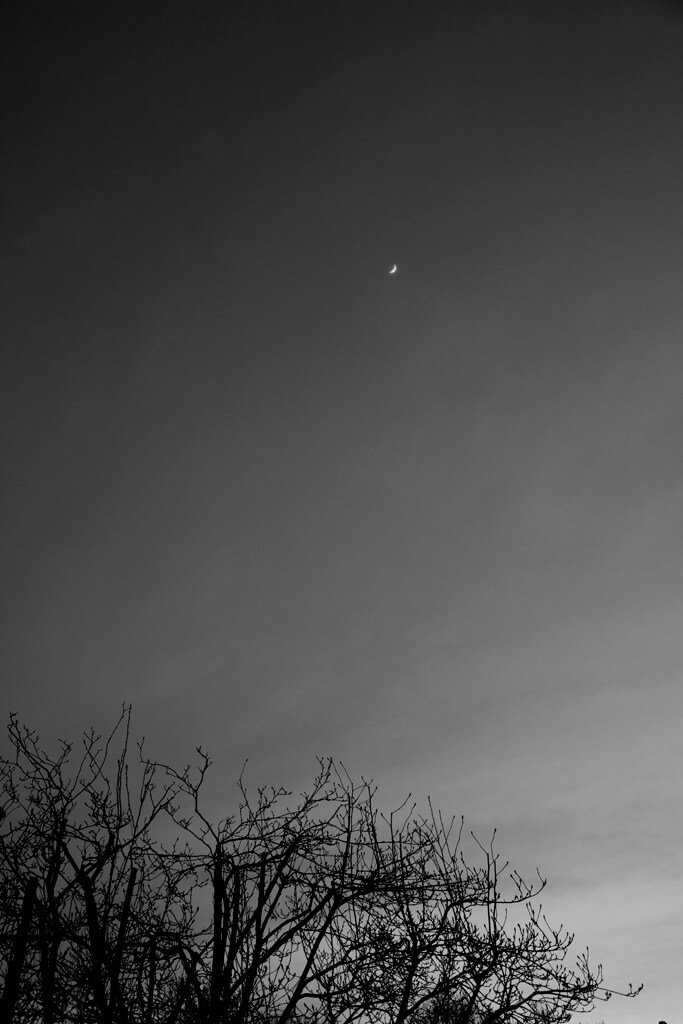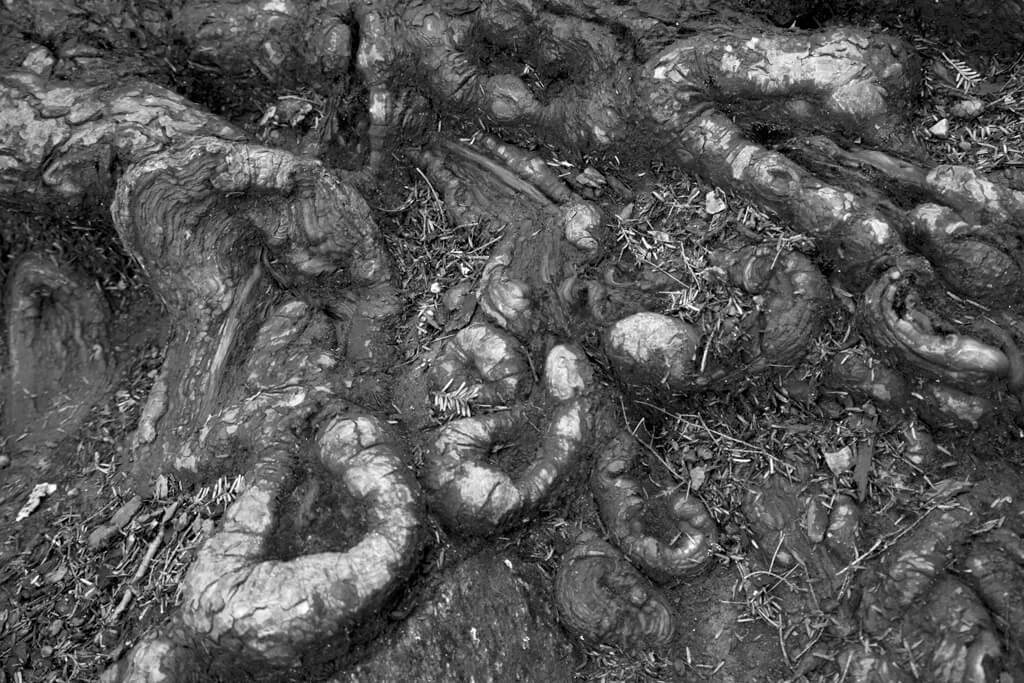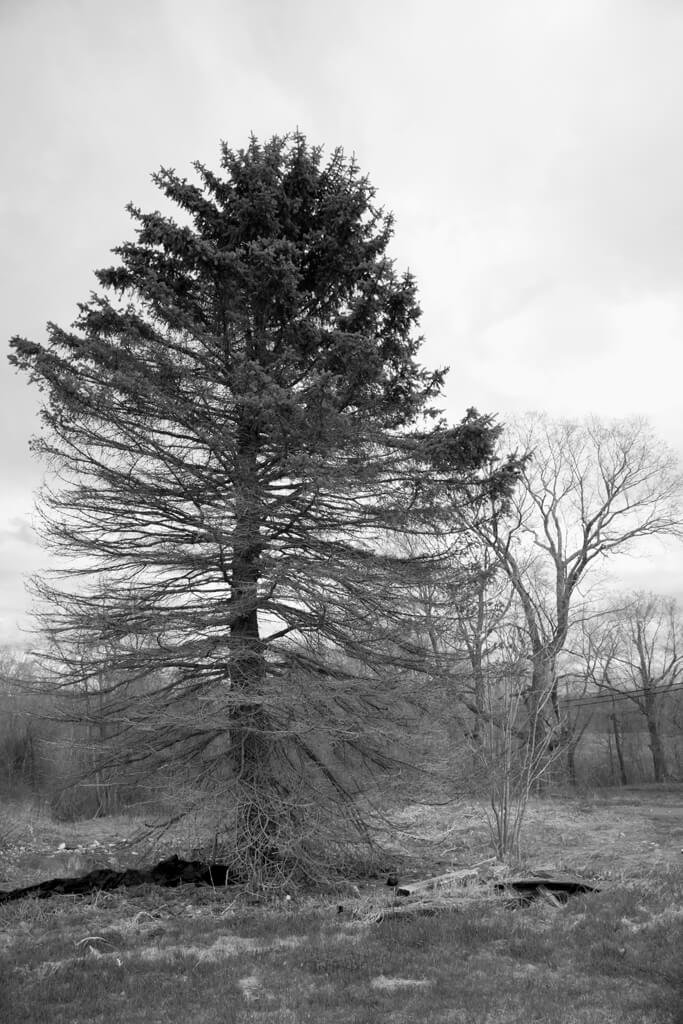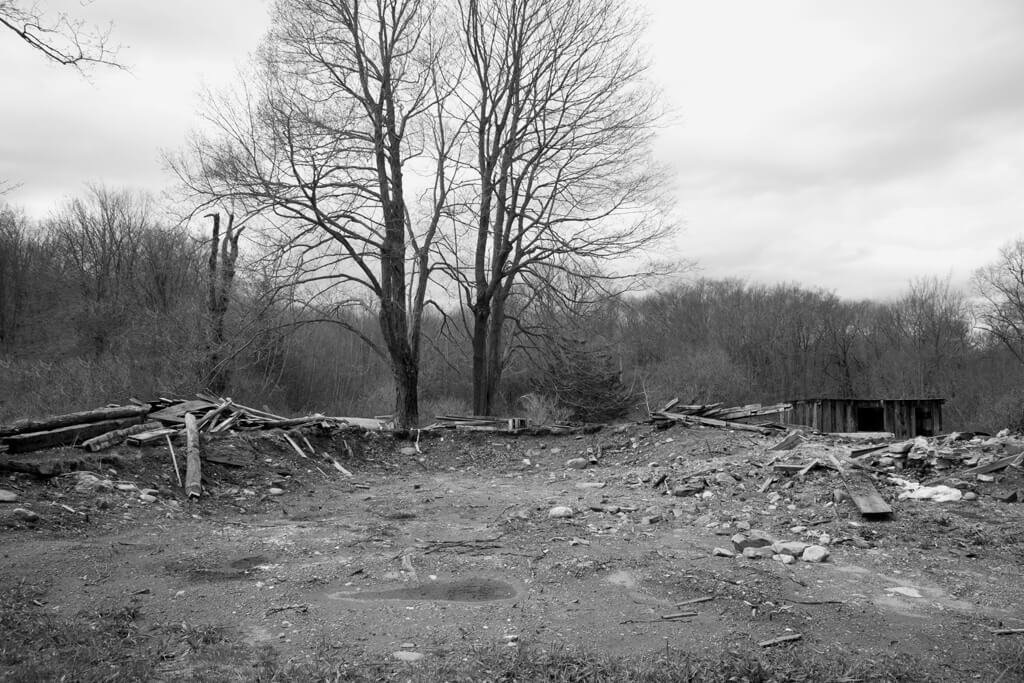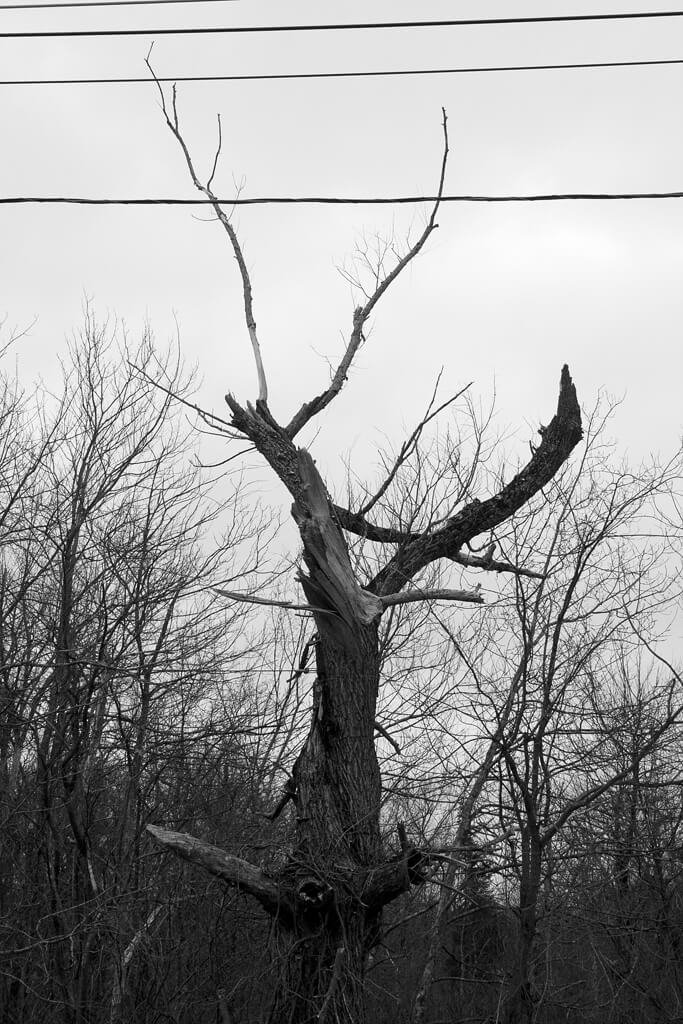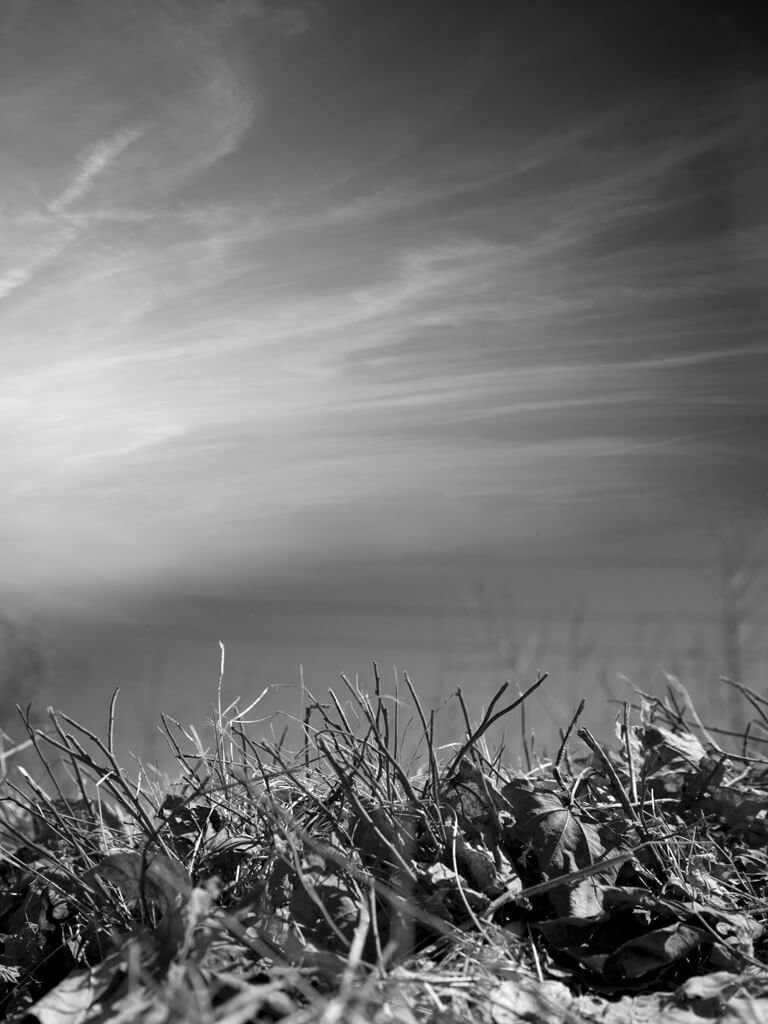Exploring how silence can transform a space from the mundane to the profound.
This work explores the idea of silence. I’m interested in how it’s able to transform a space from mundane to profound, and the ways one can experience it.
In cities we move within a constant unavoidable flow of noise, but in the suburbs and more rural areas, there is a reoccurring transition from noise to silence and back.
In “The Book of Margins”, the poet Edmond Jabès spoke about hearing silence speak:
It is very hard to live with silence. The real silence is death and this is terrible. To approach this silence, it is necessary to journey to the desert. You do not go to the desert to find identity, but to lose it, to lose your personality, to be anonymous. You make yourself void. You become silence. You become more silent than the silence around you. And then something extraordinary happens: you hear silence speak.
The philosopher Hans Georg Gadamer deemed silence the “third dimension” of all utterance. An image is silent by default. It gives the viewer nothing orally. In order to hear the silence, you need to open yourself up to your other senses, like smell, touch, and especially, sight. I seek outer silence from the environment and inner silence within the mind.
I enjoy finding these moments because they allow me to pause, reflect, and appreciate the beauty and inner peace of stillness. The practice of photographing these places allows me to separate myself from any anxieties or tensions I may be experiencing and become fully introspective. My goal is to find these instances, and fully experience my time there -- be in the moment.
In Rosemarie Waldrop’s book Lavish Absence, she describes how a vision of silence is something existential: “It is the ground we write on [or in my case, the space I photograph]. It is other, inhuman.” She talks about how writing is a translation from silence (which formed the word) into more silence (silence of the book: a page read). By photographing these quiet moments and printing them as photographs, I’m translating that found moment of silence into a different visual form of itself, one that is looked at on a 2-D page instead of experienced in the 3-D world.
I am finding these moments in both urban and natural landscapes. The scenes are rooted in the traditional notions of pictorial beauty, balance, and atmosphere. They are also slightly influenced by the style of romantic paintings, with landscapes usually devoid of human life.
I’m behaving as a visual poet, like Marine Hugonnier. She creates the “contemporary sublime” in her images by adjusting luminosity, color tones, and contrasts. I alter some of the images as well, but only slightly. In some photographs this will create that feeling of spectacle, while in others it will just reemphasize the feeling of solitude.






